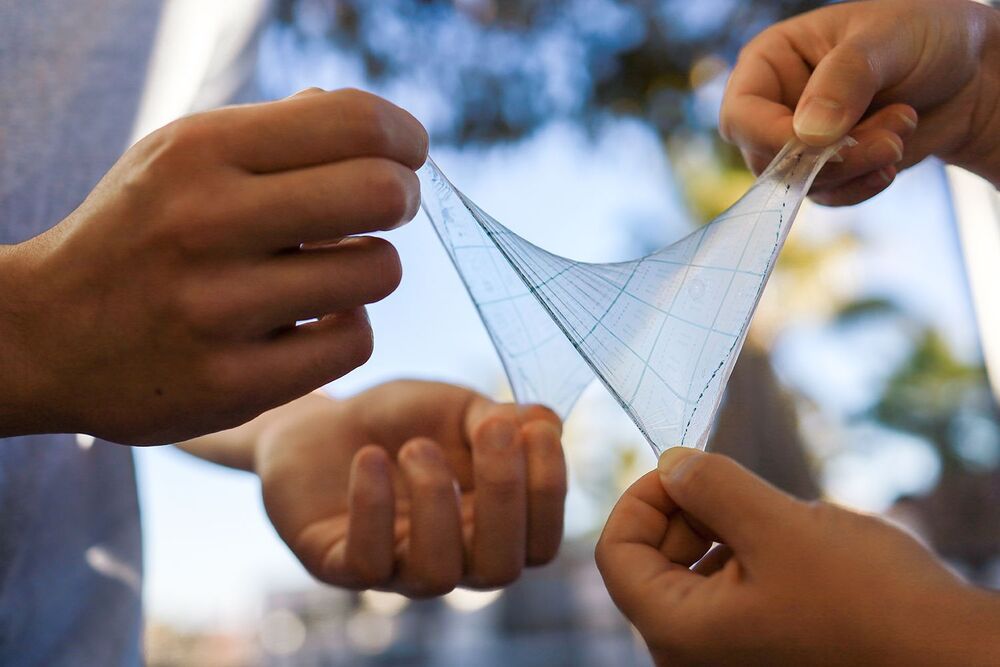Chemical engineer Zhenan Bao and her team of researchers at Stanford have spent nearly two decades trying to develop skin-like integrated circuits that can be stretched, folded, bent and twisted — working all the while — and then snap back without fail, every time. Such circuits presage a day of wearable and implantable products, but one hurdle has always stood in the way.
Namely, “How does one produce a completely new technology in quantities great enough to make commercialization possible?” Bao said. Bao and team think they have a solution. In a new study, the group describes how they have printed stretchable-yet-durable integrated circuits on rubbery, skin-like materials, using the same equipment designed to make solid silicon chips — an accomplishment that could ease the transition to commercialization by switching foundries that today make rigid circuits to producing stretchable ones.
Stanford researchers show how to print dense transistor arrays on skin-like materials to create stretchable circuits that flex with the body to perform applications yet to be imagined.










Comments are closed.